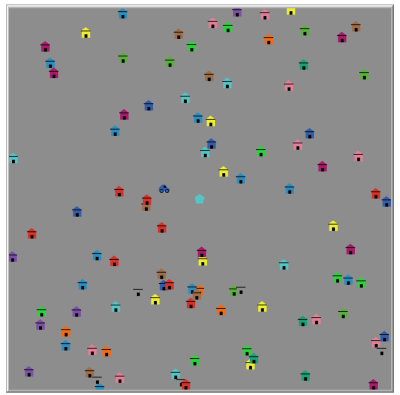Difference between revisions of "Simulation of product distribution"
(→Sources) |
(→Sources) |
||
| Line 27: | Line 27: | ||
*https://www.holiday-weather.com/london/averages/ | *https://www.holiday-weather.com/london/averages/ | ||
*https://www.quora.com/How-common-are-thunderstorms-in-London | *https://www.quora.com/How-common-are-thunderstorms-in-London | ||
| + | *https://weatherspark.com/y/45061/Average-Weather-in-City-of-London-United-Kingdom-Year-Round | ||
*https://content.tfl.gov.uk/travel-in-london-2023-road-traffic-trends-acc.pdf | *https://content.tfl.gov.uk/travel-in-london-2023-road-traffic-trends-acc.pdf | ||
*https://ccl.northwestern.edu/netlogo/docs/programming.html | *https://ccl.northwestern.edu/netlogo/docs/programming.html | ||
*https://logistiko.eu/help/goods-delivery-procedure | *https://logistiko.eu/help/goods-delivery-procedure | ||
Revision as of 09:30, 21 January 2024
Title: Simulation of product distribution
Author: Lucia Pavlíková
Method: Agent-based model
Tool: NetLogo
Problem definition
This project explores the optimization of delivery times for distribution vehicles in a city (London) with a complex and challenging logistics environment. This study focuses on key variables that impact delivery efficiency, such as traffic congestion, weather conditions, variability in package handling, and scenarios of unavailability of recipients. The aim is to provide insights and strategies for businesses to enhance their urban distribution operations, making this research relevant for both academic and practical applications in urban logistics.
Method
The model for this project simulates the distribution process in a city (London) using an agent-based approach in NetLogo. In this model, agents represent different elements of the distribution network (delivery vehicle, customers, storage facility). External factors include weather conditions or customers availability.
Model
Results
Conclusion
Code
Sources
- https://www.britannica.com/place/London/Transportation
- https://www.londonperfect.com/plan-your-trip/practical-information/weather-seasons.php
- https://www.holiday-weather.com/london/averages/
- https://www.quora.com/How-common-are-thunderstorms-in-London
- https://weatherspark.com/y/45061/Average-Weather-in-City-of-London-United-Kingdom-Year-Round
- https://content.tfl.gov.uk/travel-in-london-2023-road-traffic-trends-acc.pdf
- https://ccl.northwestern.edu/netlogo/docs/programming.html
- https://logistiko.eu/help/goods-delivery-procedure
